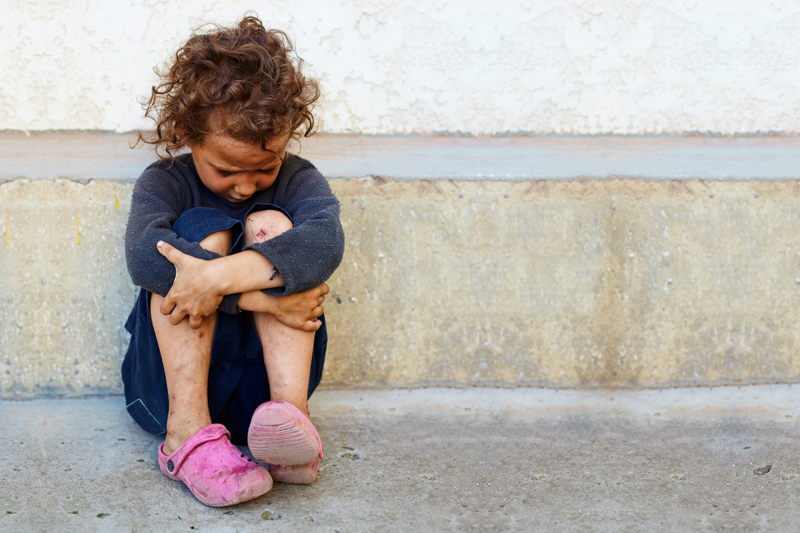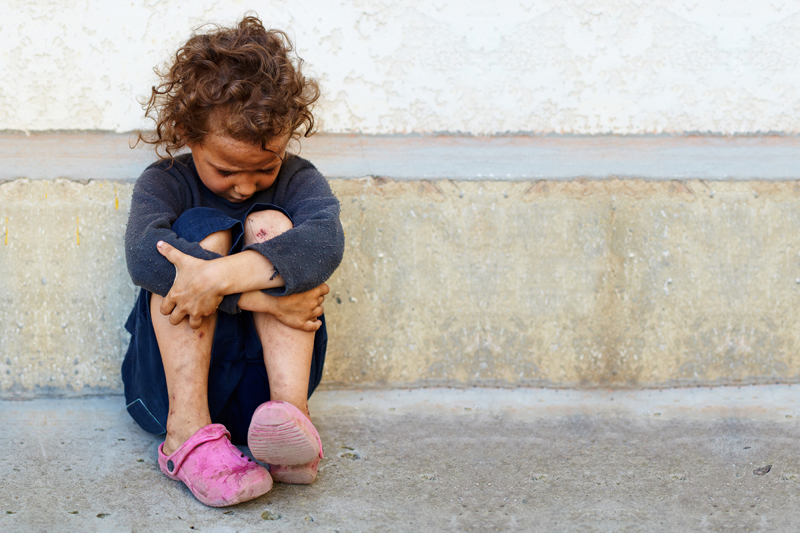The Child Victim Identification Program (CVIP)

When people think about child trafficking they rarely realize that the United States is the country that leads the industry. The child trafficking trade that occurs within the borders of the United States is called domestic child trafficking. When it occurs in other countries it is classified as international. Child exploitation is a very real problem in the U.S.
Child exploitation can include possessing, manufacturing, and distributing pictures of children engaged in illicit acts. In addition, child trafficking and child abuse all play a part in the exploitation of children. Approaching a child online in a chat room with the intent to exploit the child later is known as online enticement of children.
Taking pictures and videos of children in explicit acts with each other or with adults is a growing part of how children are exploited. The images are then sent across the nation and the world via the internet to people who find pleasure in viewing these disturbing images. This is a growing problem for law enforcement across the nation.
This is evidenced by the fact that the Child Victim Identification Program (CVIP) at the National Center for Missing and Exploited Children (NCMEC) “reviewed 17.3 million images and videos of suspected child illicit acts in 2011 — four times more than 2007.” The NCMEC initiated the Child Victim Identification Program (CVIP) in 2002 and according to the NCMEC “the CVIP project became more significant after the Supreme Court held that the criminalization of child illicit pictures applies only to images depicting “real” children.” The CVIP works with agencies to help identify, track, and rescue the children being victimized in the pictures and video.
To report cases of suspected exploitation of a child or a victim of the child trafficking trade visit the NCMEC website and use their Cyber Tip line. The Cyber Tip Line is available 24-hours a day, 7 days a week at www.cybertipline.com. You can also call your local law enforcement agency.
Child exploitation can include possessing, manufacturing, and distributing pictures of children engaged in illicit acts. In addition, child trafficking and child abuse all play a part in the exploitation of children. Approaching a child online in a chat room with the intent to exploit the child later is known as online enticement of children.
Taking pictures and videos of children in explicit acts with each other or with adults is a growing part of how children are exploited. The images are then sent across the nation and the world via the internet to people who find pleasure in viewing these disturbing images. This is a growing problem for law enforcement across the nation.
This is evidenced by the fact that the Child Victim Identification Program (CVIP) at the National Center for Missing and Exploited Children (NCMEC) “reviewed 17.3 million images and videos of suspected child illicit acts in 2011 — four times more than 2007.” The NCMEC initiated the Child Victim Identification Program (CVIP) in 2002 and according to the NCMEC “the CVIP project became more significant after the Supreme Court held that the criminalization of child illicit pictures applies only to images depicting “real” children.” The CVIP works with agencies to help identify, track, and rescue the children being victimized in the pictures and video.
To report cases of suspected exploitation of a child or a victim of the child trafficking trade visit the NCMEC website and use their Cyber Tip line. The Cyber Tip Line is available 24-hours a day, 7 days a week at www.cybertipline.com. You can also call your local law enforcement agency.

Related Articles
Editor's Picks Articles
Top Ten Articles
Previous Features
Site Map
Content copyright © 2023 by Erika Lyn Smith. All rights reserved.
This content was written by Erika Lyn Smith. If you wish to use this content in any manner, you need written permission. Contact Erika Lyn Smith for details.



